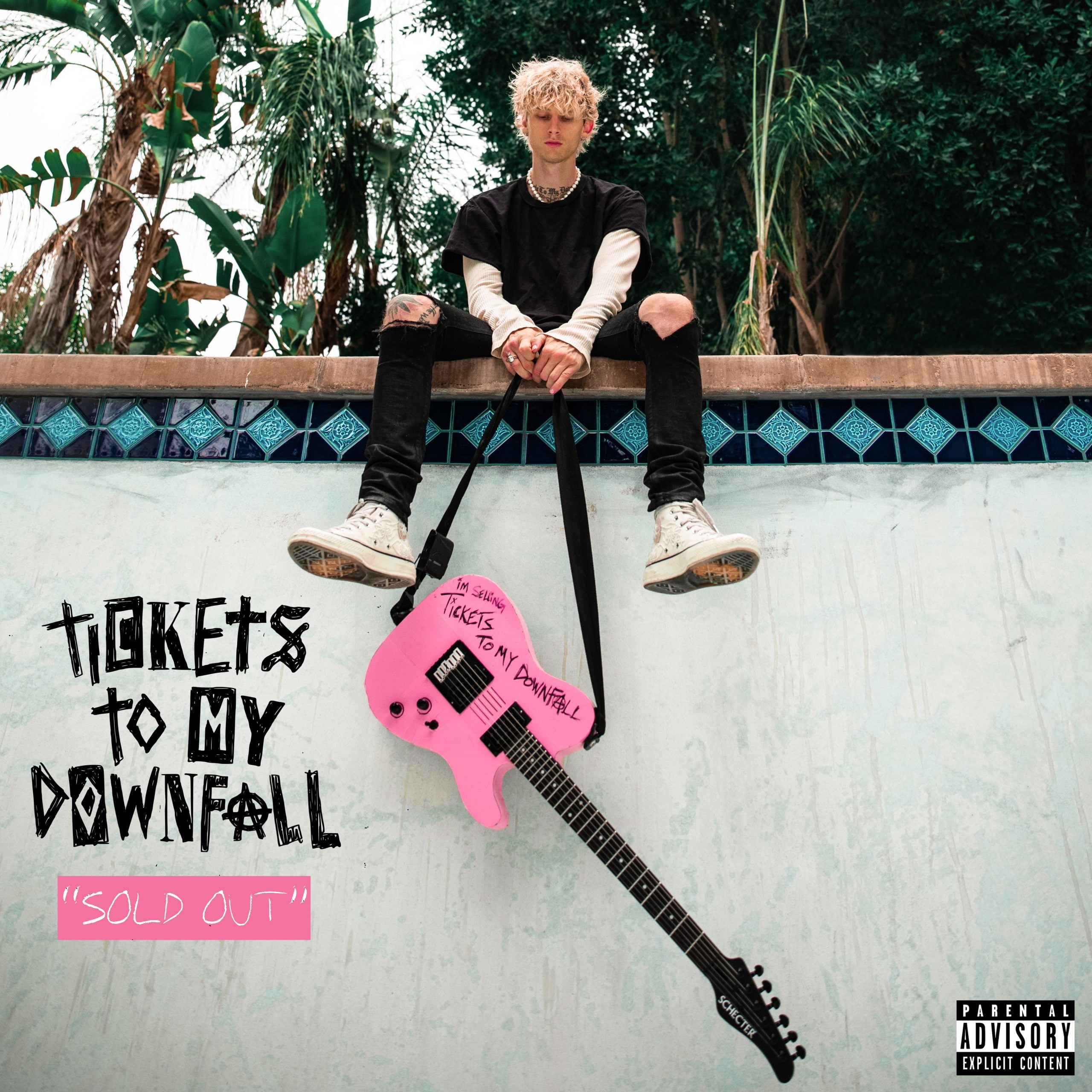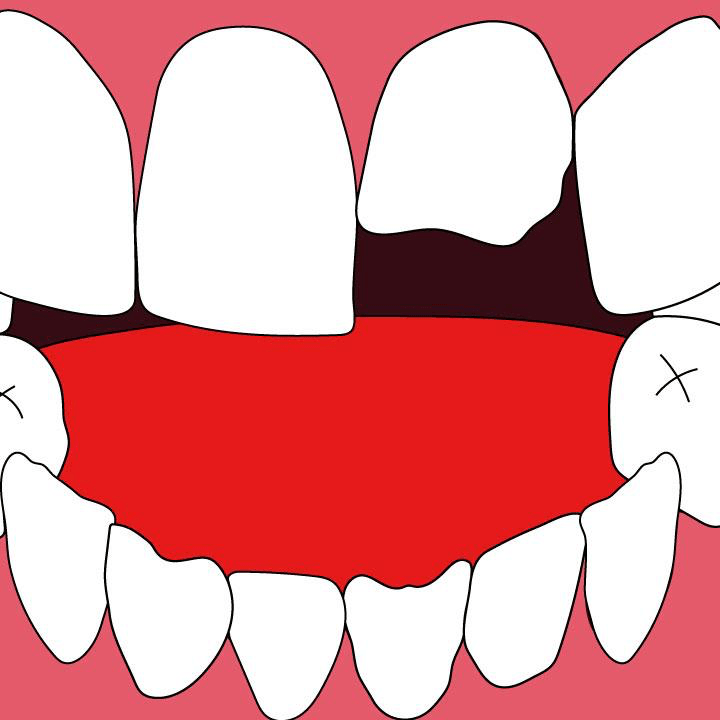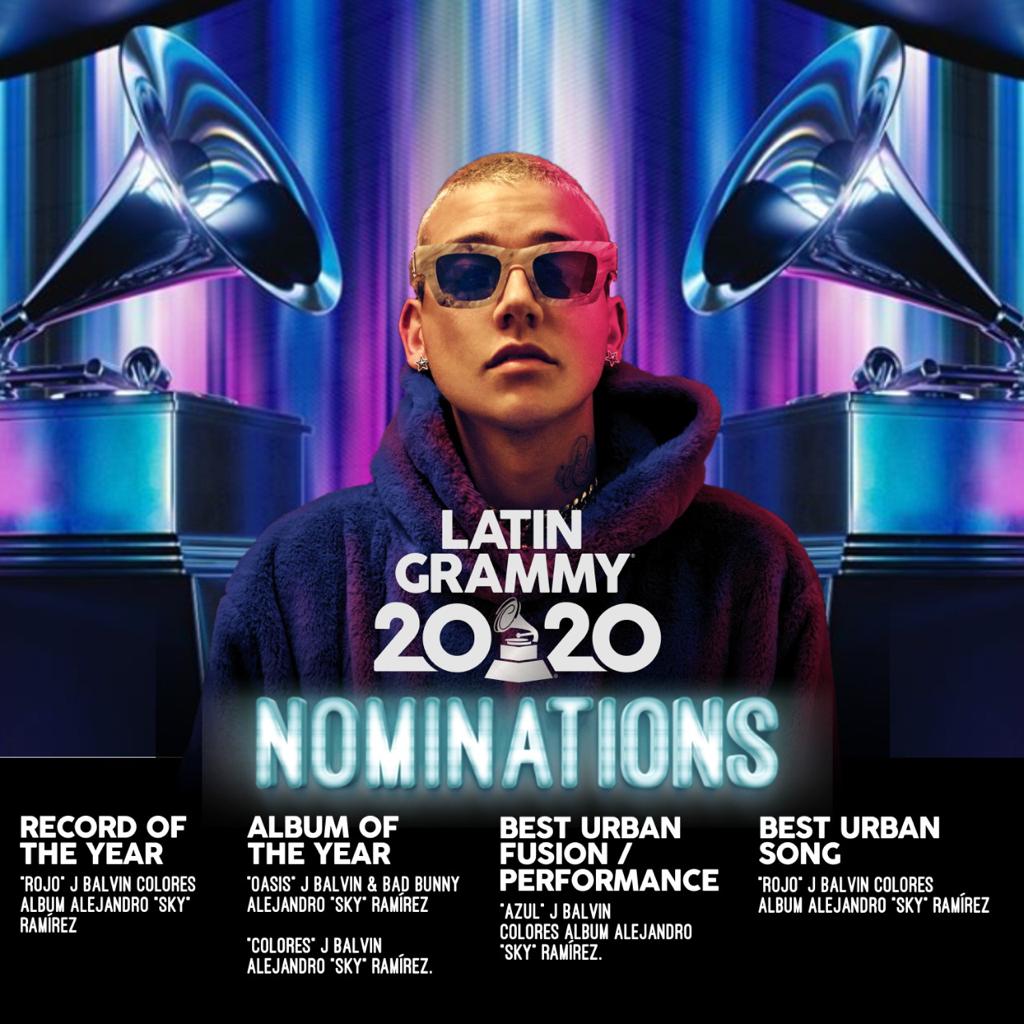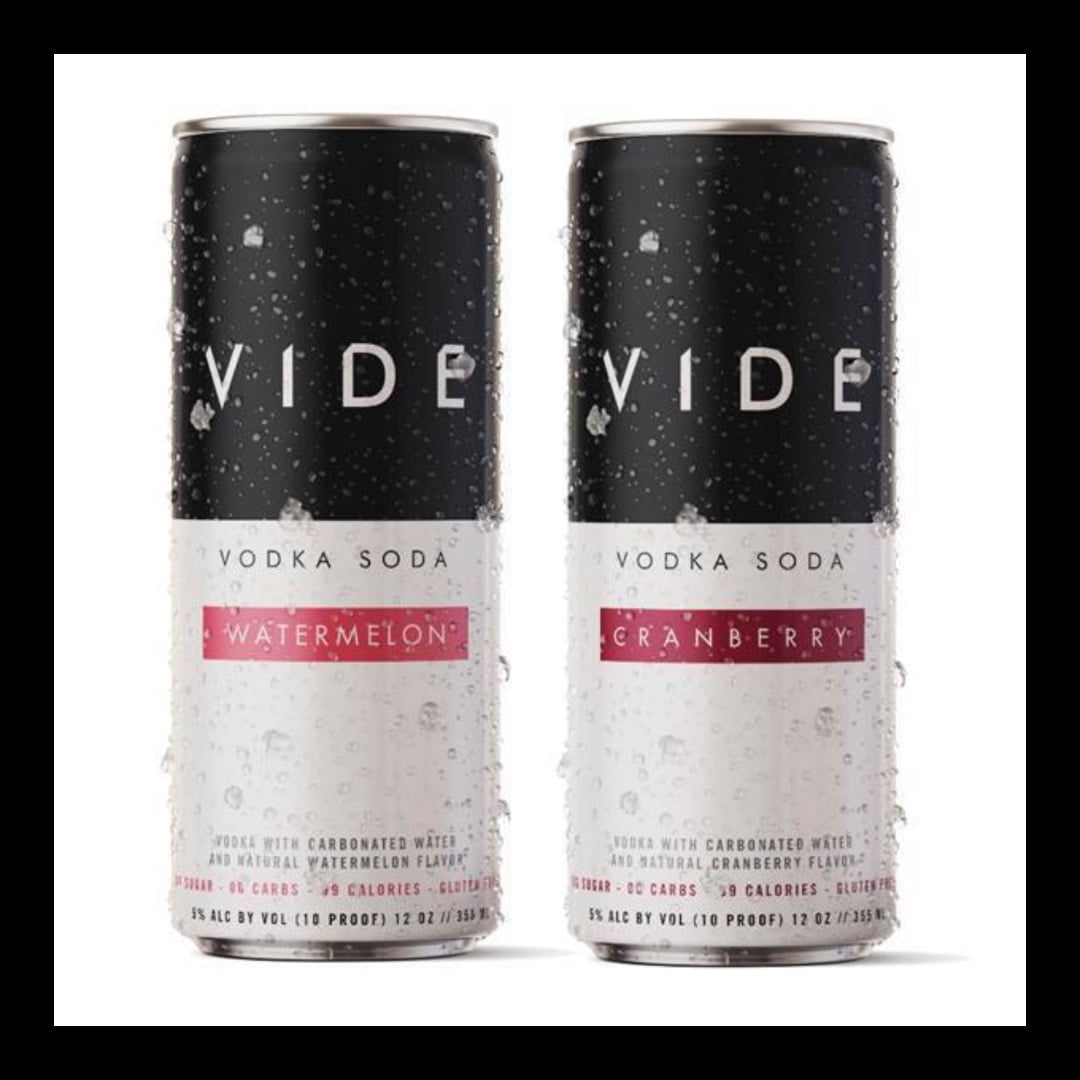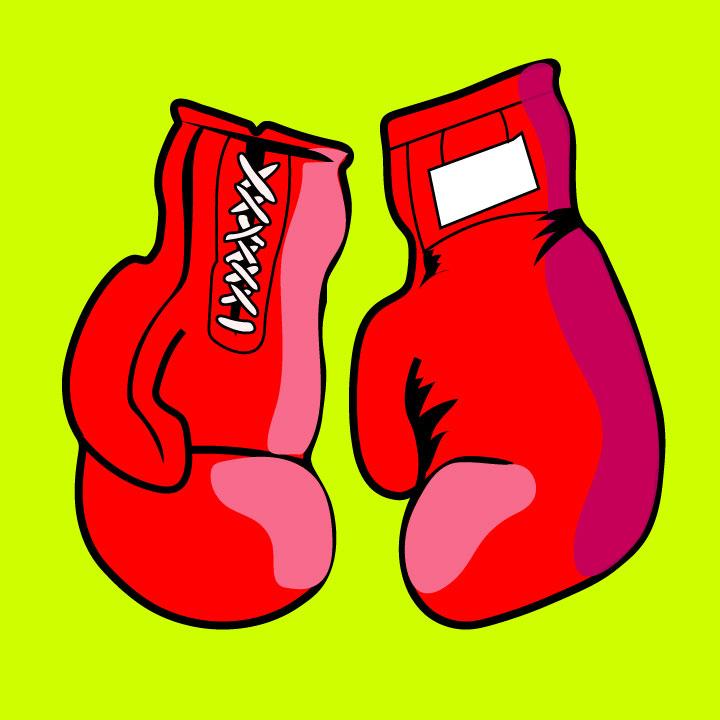By Cassandra Yany
Teen Pregnancy in the United States
In 2018, the birth rate among women aged 15 to 19 years in the United States was less than half of what it was in 2008, which was 41.5 births per 1,000 girls, as stated by the Pew Research Center.
In 2017, 194,377 babies were born to women in the U.S. between the ages of 15 and 19 years old, according to the Centers for Disease Control and Prevention. The birth rate dropped seven percent from 2016, with 18.8 babies born per 1,000 women in this age group. This was a record low for the nation.
The teen birth rate has been declining since the early 1990s, and this decline accelerated after the Great Recession. A 2011 Pew Research Center study connected the decrease in teen births to the economic downturn of the recession. The rate has continued to fall even after the economy’s recovery.
Evidence suggests that the declining birth rate is also partly due to more teens abstaining from sexual activity, and more who are sexually active using birth control than in previous years. Still, the CDC reports that U.S. teen pregnancy rate is substantially higher than other “western industrialized” nations.
DoSomething.org states that three out of 10 American girls will become pregnant at least once before the age of 20. About 25 percent of teen moms will have a second child within two years of their first baby.
Data shows that there are racial, ethnic and geographic disparities among teen pregnancies in the U.S. From 2016 to 2017, birth rates among 15 to 19-year-olds decreased 15 percent for non-Hispanic Asian teens, nine percent for Hispanic teens, eight percent for non-Hispanic white teens, six percent for non-Hispanic Black teens, and six percent for Native American teens. In 2017, the birth rate of Hispanic teens was 28.9 percent and of non-Hispanic black teens was 27.5 percent for non-Hispanic Black teens. These were both two times higher than the rate for non-Hispanic white teens, which was 13.2 percent. Among the different racial and ehtnic groups, Native American teens had the highest rate of 32.9 percent.
From 2007 to 2015, the teen birth rate was lowest in urban communities with 18.9 percent, and highest in rural communities with 30.9 percent— as reported by the CDC. During the same years, the rate among teens in rural communities had only declined 37 percent in rural counties, while large urban counties saw a 50 percent decrease and medium and small counties saw a 44 percent decrease. State-specific birth rates from 2017 were lowest in Massachusetts (8.1 percent) and highest in Arkansas (32.8 percent).
Socioeconomic disparities also exist among teen pregnancy rates. Teens in child welfare systems are at higher risk of teen pregnancy and birth than other groups of teens. Those living in foster care are more than twice as likely to become pregnant than those not in foster care. This then leads to financial difficulties for these young families. More than half of all mothers on welfare had their first child as a teenager, and two-thirds of families started by a young mother are considered poor.
Teen pregnancy and motherhood can have significant effects on a young woman’s education. According to DoSomething.org, parenthood is the leading reason for teen girls dropping out of school. Only about 50% of teen mothers receive a high school diploma by the age of 22, while 90% of women who do not give birth during their teen years graduate from high school. Less than 2% of teen moms earn a college degree by age 30.
Being a child of a teen mother can also have lasting effects on an individual. The children are more likely to have lower school achievement and drop out of high school. They are more likely to be incarcerated at some point in their lives and face unemployment as a young adult. They could also have more health problems and are more likely to become a parent as a teenager themselves.
According to the CDC, teen fatherhood occurred at a rate of 10.4 births per 1,000 ranging from 15 to 19-years-old in 2015. Data indicates that these young men attend fewer years of school and are less likely to earn their high school diploma.
A decline in teen pregnancy means an increase in U.S. public savings. According to the CDC, between 1991 and 2015, the teen birth rate dropped 64%, which led to $4.4 billion dollars in public savings for 2015 alone.
Global Teen Pregnancy
According to the World Health Organization, approximately 12 million girls 15 to 19-years-old and 777,000 girls under 15 give birth in “developing” regions each year. About 21 million girls aged 15 to 19 in these areas become pregnant.
Complications during pregnancy and childbirth are the leading cause of death for girls age 15 to 19 years globally. An estimated 5.6 million abortions occur each year among 15 to 19-year-old girls, with 3.9 million of them being unsafe. This can lead to death or lasting health problems.
Additionally, teen moms face higher risk of eclampsia, puerperal endometriosis and systemic infections than 20 to 24-year-old women. Babies of these mothers face higher risk of lower birth weight, preterm delivery and severe neonatal conditions.
Across the globe, adolescent pregnancies are more likely to take place in marginalized communities that are driven by poverty, and lack of education and employment opportunities. In many societies and cultures, girls get married and have children while they are teenagers. In some locations, girls choose to become pregnant due to limited educational and employment prospects. These societies either value motherhood and marriage, or union and childbearing may be the best option available to these young women.
Teenage girls in some areas may not be able to avoid pregnancy because they do not have the knowledge of how to obtain contraceptive methods or how to use them. There are restrictive laws and policies regarding provision of contraception based on age or marital status that prevent these women from access to forms of pregnancy prevention.
Health worker bias also exists in these areas, as well as an unwillingness to acknowledge adolescents’ sexual health needs. These individuals also may not be able to access contraception due to transportation and financial constraints.
Another cause for unintended pregnancy around the work is sexual violence, with more than one-third of girls in some countries reporting that their first sexual experience was forced. After pregnancy, young women who became mothers before the age of 18 are more likely to experience violence in their marriage or partnership.
The University of Queensland in Australia conducted a study that found children who experience some type of neglect are seven times more likely than other victims of abuse to experience teen pregnancy. They drew these conclusions by looking at data from 8,000 women and children beginning in pregnancy and moving into early adulthood.
According to News Medical, researchers found that neglect was one of the most severe types of maltreatment when compared to emotional, sexual and physical abuse. The study defined child neglect as “not providing the child with necessary physical requirements (food, clothing or a safe place to sleep) and emotional requirements (comfort and emotional support) a child should receive, as determined by the Queensland Govt. Department of Child Safety.”
CBS reported that an increase in calls to Japan’s pregnancy hotline since March indicates that COVID-19 has caused an uptick in teenage pregnancies there. Jikei Hospital in Kumamoto, Japan said that calls from junior and senior high school students hit a 10-year high back in April. Pilcon, a Tokyo-based non-profit that runs school sex-ed programs, said that it was flooded with calls from concerned teens after they used home pregnancy tests or they missed periods.
Global Citizen stated that 152,000 Kenyan teen girls became pregnant during the country’s three-month lockdown, which was a 40 percent increase in their monthly average. Data from the International Rescue Committee shows that girls living in refugee camps were particularly affected, with 62 pregnancies reported at Kakuma Refugee Camp this past June compared to only eight in June 2019.
In an online press conference, Dr. Manisha Kumar, head of the Médecins Sans Frontières task force on safe abortion care, said, “During the pandemic, a lot of resurces got pulled away from a lot of routine services and care, and those services were redirected to coronavirus response.” The growing economic, hunger and health crises worldwide due to the pandemic makes this an especially challenging time for pregnant teens.
Both Marie Stopes International and the United Nations Fund warned that the new focus on the coronavirus in the medical field would negatively affect reproductive health. This included disruptions to family planning services and restricted access to contraception, leading to more unintended pregnancies.
Preventing Teen Pregnancy
The U.S. Department of Health and Human Services Evidence Review has identified a variety of evidence-based teen pregnancy prevention programs. These include sexuality education programs, youth development programs, abstinence education programs, clinic-based programs and programs specifically designed for diverse populations and locations.
Resources that focus on social health determinants in teen pregnancy prevention, specifically at the community level, play a crucial role in addressing the racial, ethnic and geographical disparities that exist in teen births. The CDC also supports several projects that educate, engage and involve young men in reproductive health.
According to the CDC, research shows that teens who have conversations with their parents about sex, relationships, birth control and pregnancy tend to begin to have sex at a later age. When or if they do have sex, these teenagers are more likely to do so less often, use contraception, and have better communication with romantic partners.
A 2014 report by the Brooking Insitution’s Senior Fellow Melissa S. Kearney and Phillip B. Levine of Wellesley College found that the MTV reality programs like “16 and Pregnant” and “Teen Mom” led to a 5.7 percent in teen births in the 18 months after the shows first aired. This number accounts for approximately one-third of the overall decline in teen births during that time period.
In locations where more teenagers watched MTV, they saw a larger decline in teen pregnancy after the introduction of the show. The show also led young adults to educate themselves more on birth control. Research showed that when an episode aired, there were large spikes the following day in the rate that people were conducting online searches for how to obtain contraceptives.
Contraception and Reproductive Rights
According to Power to Decide, contraception is a key factor in recent declines in teen pregnancy. Yet, over 19 million women eligible for publicly funded contraception don’t have access to the full range of birth control methods where they live.
Between 2011 and 2015, 81 percent of females and 84 percent of males between the ages of 15 and 19 who had sex reported using a contraceptive the first time. This number increased for females since 2002, when 74.5 percent used contraception.
A sexually active teen who doesn’t use contraceptives has a 90 percent chance of becoming pregnant within a year.
NPR reported that a challenge to the Affordable Care Act could reach the Supreme Court in the near future, which would significantly affect reproductive healthcare. This could make contraceptives unaffordable and unobtainable for some Americans, which would in turn affect the number of teenagers having unprotected sex.
Some also fear that the recent death of Ruth Bader Ginsburg will jeopardize women’s reproductive rights. If her replacement is opposed to abortion, it will most likely turn the court in favor of increasing restrictions on abortion, and could even go as far as to overturn Roe v. Wade. This would have the potential to increase the number of unsafe abortions among pregnant teens, or increase the number of teen births.
According to Kaiser Health News, there is a case waiting in the lower court that involves federal funding of Planned Parenthood in both the Medicaid and federal family programs. Ginsburg always sided with women on issues such as these, so her absence could mean a lack of access to education, family planning and contraceptives for teens.



